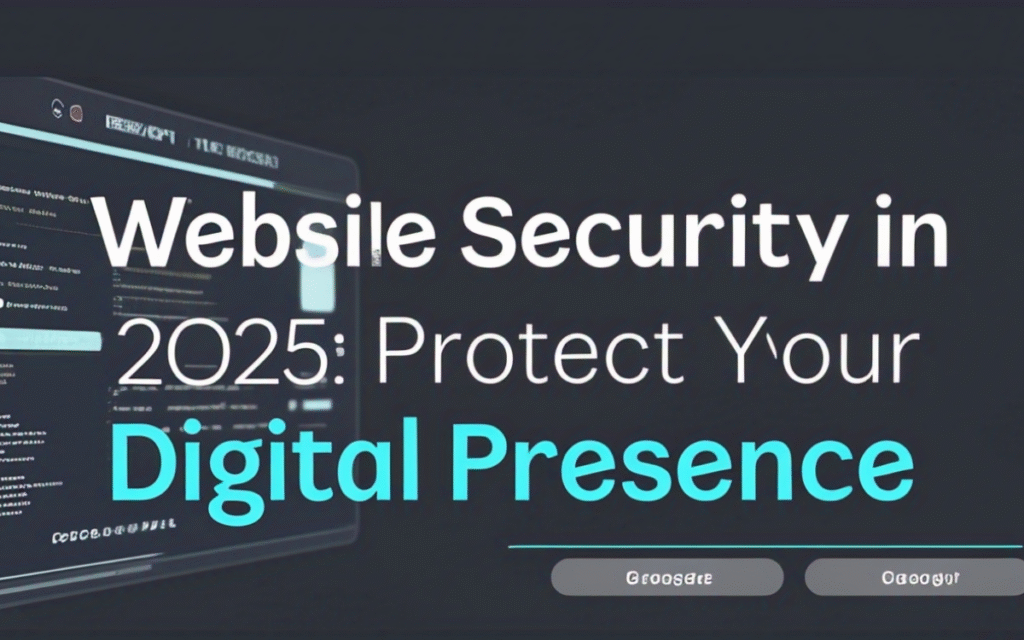Understanding Website Security
In today’s interconnected digital world, website security has evolved from a technical consideration to a fundamental business requirement. The landscape of cyber threats has become increasingly sophisticated, with attackers employing advanced techniques to exploit vulnerabilities in websites of all sizes. As someone who has witnessed the devastating impact of security breaches firsthand, I can attest that the cost of prevention is always significantly lower than the cost of recovery.
The modern web environment presents unique security challenges that require a multi-layered approach to protection. From protecting sensitive user data to maintaining service availability, website security encompasses various aspects that work together to create a robust defense system. Understanding these components and implementing them effectively is crucial for any website owner in 2025.
Essential Security Measures
SSL/TLS encryption has become the foundation of website security, serving as the first line of defense in protecting data transmission. Modern SSL certificates not only encrypt data but also provide authentication and data integrity, ensuring that information remains secure as it travels between the server and users’ browsers. The implementation of HTTPS has become mandatory for all websites, with major browsers now marking non-HTTPS sites as insecure.
Firewall protection has evolved significantly, with modern Web Application Firewalls (WAFs) offering intelligent filtering of malicious traffic. These systems analyze incoming requests in real-time, identifying and blocking potential threats before they reach your server. Advanced WAFs can now detect and prevent sophisticated attacks like SQL injection, cross-site scripting, and distributed denial-of-service (DDoS) attempts.
Access control systems have become more sophisticated, implementing multi-factor authentication and role-based access controls. These systems ensure that only authorized personnel can access sensitive areas of your website’s administration panel. Regular security audits and access reviews help maintain the integrity of these controls over time.
Security Best Practices
Regular updates and maintenance form the backbone of effective website security. This includes not only keeping your content management system up to date but also maintaining current versions of all plugins, themes, and server software. Each update often includes critical security patches that address newly discovered vulnerabilities. I’ve seen many security breaches that could have been prevented simply by keeping software updated.
Password management remains one of the most critical aspects of website security. Strong, unique passwords combined with two-factor authentication create a robust defense against unauthorized access. Password managers and secure storage solutions help maintain these security practices without compromising convenience.
Regular security scanning and monitoring have become essential practices in modern website management. Automated tools can continuously monitor your website for vulnerabilities, suspicious activities, and potential security breaches. These systems provide early warning of security issues, allowing for prompt response and mitigation.
Advanced Security Features
Content Security Policy (CSP) has emerged as a powerful tool in preventing cross-site scripting attacks. By defining which resources can be loaded and executed on your website, CSP helps prevent malicious code injection and unauthorized resource loading. Implementation of CSP requires careful planning and testing to ensure it doesn’t interfere with legitimate website functionality.
Rate limiting and bot protection have become crucial in defending against automated attacks. These systems monitor and control the rate of requests from individual IP addresses, preventing brute force attacks and reducing the impact of DDoS attempts. Advanced bot protection systems can distinguish between legitimate automated traffic and malicious bots, ensuring that your website remains accessible to real users.
Security Monitoring and Response
Real-time security monitoring has become a standard practice for websites of all sizes. These systems provide continuous surveillance of your website’s security status, alerting you to potential threats and suspicious activities. The ability to respond quickly to security incidents can significantly reduce their impact and prevent further damage.
Incident response planning is crucial for effective security management. Having a well-defined process for handling security breaches ensures that your team can respond quickly and effectively when incidents occur. Regular testing and updating of these response plans help maintain their effectiveness over time.
Security Costs and Investment
Investing in website security has become a necessary business expense in 2025. Basic security measures, including SSL certificates and essential security plugins, typically start at around $10-20 per month. More comprehensive security solutions, including advanced monitoring and protection features, can range from $50-200 per month, depending on your website’s size and requirements.
When evaluating security costs, consider the potential impact of a security breach on your business. The cost of recovering from a security incident, including lost revenue, damage to reputation, and potential legal consequences, often far exceeds the investment in proper security measures.
Additional Resources
For more detailed information about website security, consider exploring these resources:
OWASP Top Ten – Essential security risks and prevention strategies
Wordfence Learning Center – Comprehensive security guides
Sucuri Security Blog – Latest security trends and best practices
